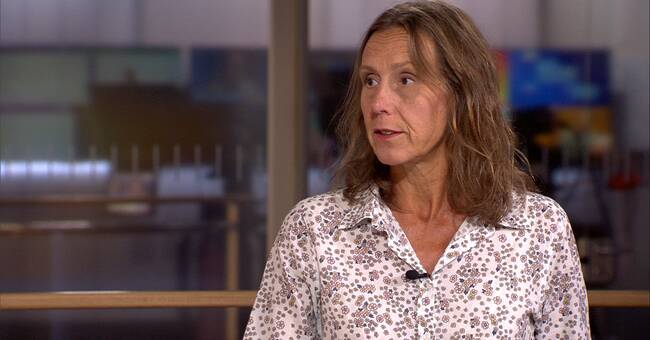SAS is burning money at a furious pace during the corona crisis. Now new ones are on the way: the Danish state promises six billion, the Swedish state five billion. Wallenberg also contributes. Lenders convert billion-dollar loans into share capital, although not everyone has been convinced yet.
Everyone is explicitly threatened with SAS going bankrupt if they do not contribute. The same applies to the employees who remain after the redundancies and for whom SAS is now trying to negotiate worse terms.
Who will solve the crisis is not a new issue for SAS. For ten years, owners have repeatedly been forced to take a stand on billion-dollar contributions, staff have been forced to take a stand on deteriorating working conditions, and banks have been forced to take a stand on unsecured loans.
Uncertain even beforeThe corona crisis is by far the worst money crisis to date in SAS.
The Swedish and Danish governments have finally said yes to the billion contributions.
The third largest owner, the Knut and Alice Wallenberg Foundation, owns almost half as much as the Swedish and Danish states, respectively, but is only part of the rescue package. SEK 259 million will be from Wallenberg. Nevertheless, Jacob Wallenberg is the one who has probably most of all talked about how important it is for Swedish business and the export industry's competitiveness that SAS is saved.
The problem is that the necessary SAS billions are most likely a lousy deal for those who invest them. Even before the corona crisis broke out, the future looked uncertain for aviation as more and more people gave up more and more air travel for climate reasons.
Travel will certainly increase from today's level, but the question is how much.
The forecast from SAS today is that the company will have 30-40 percent of its operations up and running at the end of the year, compared with a year earlier. But that is a highly uncertain forecast. And the aviation industry has gradually moved forward to the time when they believe that demand is "normal" again.
Now SAS is talking about the recovery to last until 2022, when the losses will be stopped. After that, the SAS manager talks a bit hovering about reaching the level before the corona crisis "the following years".
The billions could have been used betterThat plan includes the staff agreeing to even more deterioration of conditions, which is far from obvious. It will probably be required that passengers pay more for their airline tickets as well, even if the SAS management does not say anything about it.
For the government, the capital injection is about saving thousands of jobs and important infrastructure. But it costs a lot of money and many businesses that need to be kept under arms during the corona crisis. Thus, the five state billions to SAS could perhaps have been used to save other jobs, which last in the long run.
It may seem stingy of Wallenberg, who, after all, drove the founding of SAS in 1946 and was able to do multi-billion deals in his large companies with the help of the SAS line network, does not line up with more than SEK 259 million.
But the really stingy thing is probably that they put the SAS holding directly in Knut and Alice Wallenberg's foundation, instead of in the listed company Investor, where a number of shareholders had been able to share the recurring bangs.
The Wallenberg Foundation is an important research foundation. Right now, for example, it contributes more than SEK 100 million to corona research. Here you can really tell that the SAS money could go to better things.

